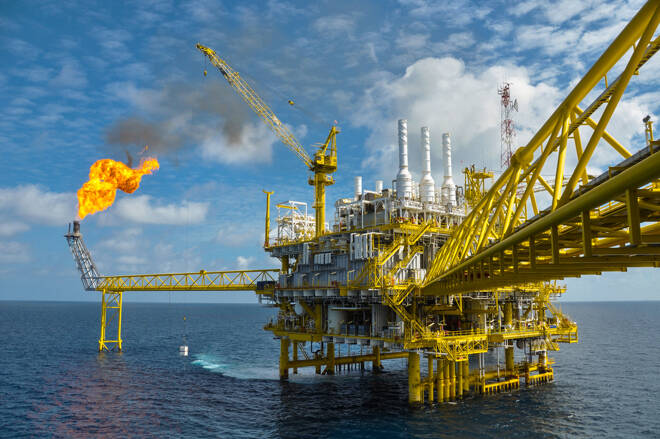Advertisement
Advertisement
Oil Pulls Back Ahead Of The Weekend
By:
Oil did not manage to get above the resistance at $41.50 and pulled back closer to the $41 level.
Oil Video 09.10.20.
Saudi Aramco Plans To Increase Its Production Capacity To 13 Million Barrels Per Day
Yesterday, we discussed OPEC’s 2020 World Oil Outlook which suggested that demand for oil will continue to grow and reach 109.1 million barrels per day (bpd) by 2045.
A recent Reuters report stated that Saudi Aramco wanted to increase its oil production capacity to 13 million bpd from the current 12 million bpd.
While Saudi Aramco is leading the oil production cut initiative which improved supply/demand balance at the time of the pandemic, the country is already thinking about its position in the post-pandemic world.
Major European oil producers like BP and Royal Dutch Shell are starting to shift towards renewable energy. American oil producers like Exxon Mobil and Chevron are focused on their dividends.
As a result of these trends, oil investments are decreasing. Meanwhile, Saudi Arabia believes that oil demand will continue to increase until 2045 as outlined in the recent OPEC outlook.
In this setup, Saudi Arabia will have an opportunity to increase its market share and get the most of its oil reserves in the upcoming decades. Russia will likely follow a similar strategy.
In the near term, the market won’t pay attention to these strategic developments. However, the shift of market power from major international oil producers to national oil companies may create a setup for price spikes in the longer term.
Libyan Oil Production Is One Of The Key Factors To Watch In The Upcoming Weeks
A combination of a strike in Norway and a hurricane in the U.S. provided oil with an opportunity to settle above the $41 level. However, both factors will likely be short-term in nature.
At the same time, there is another catalyst on the supply side which may impact the market in the longer term. Libya managed to increase its oil production to 300,000 bpd and is working hard to achieve higher production levels.
According to a recent Bloomberg report, Libyan Central Bank stated that the country needed to increase oil production to 1.7 million bpd to balance Libya’s finances. Before the blockade, which pushed its oil production down to 100,000 bpd, Libya produced 1.2 million bpd.
Obviously, the country which continues to suffer from the civil war will find it very hard to push its production above pre-blockade levels. However, the trend is clear – Libya will try to boost its oil production in the upcoming months. If it succeeds, oil supply may increase at a time when the world is fighting against the second wave of the virus, which may put some pressure on oil prices.
For a look at all of today’s economic events, check out our economic calendar.
About the Author
Vladimir Zernovauthor
Vladimir is an independent trader, with over 18 years of experience in the financial markets. His expertise spans a wide range of instruments like stocks, futures, forex, indices, and commodities, forecasting both long-term and short-term market movements.
Advertisement
